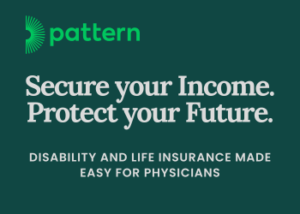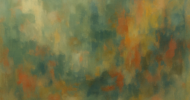United States health officials have lifted the 10-day pause of the Johnson & Johnson (J&J) COVID vaccine. This pause dealt a devastating blow to the nationwide vaccination effort. The seven-day moving average of vaccinations in the U.S. peaked right before the pause, and has been trending downward. Fear of developing blood clots is adding to vaccine hesitancy. Moving forward, how can we build confidence in COVID vaccines? Perhaps it’s time to take a new approach in reaching Americans.
The J&J blood clots affected women in the age range of 18-49, although cases in men are still being investigated and are present in the AstraZeneca vaccine. Prior to the pause, the rural 18-49 age group was one of the most hesitant groups to get the COVID vaccine. Vaccination rates among rural seniors also lagged their urban counterparts.
The rural U.S. population tends to be older than their urban counterparts, with more underlying chronic conditions. They are less likely to have health insurance, access to diagnostic imaging, and primary care services. If a rare side-effect of COVID vaccinations happens to one of these individuals, they need to travel longer distances to access a high-resolution CT scanner needed to diagnose blood clots in the brain and liver.
As we move forward from the difficulties found with vaccines such as Johnson & Johnson or AstraZeneca, having transparency with and educating our vulnerable and hesitant populations will become key to maintaining public trust. Headlines often emphasize the risks because they get the clicks, but numbers in the millions are hard for our brains to process. By contrast, relatability, emotion, and humor help us learn and retain information.
Science communicators use social math to accomplish this. If you’ve seen a Facebook post about your odds of being struck by lightning being higher than dying from the J&J vaccine, then you’ve seen social math.
You may have heard that six feet apart is roughly the length of one cow. And you may know that about 8 million J&J shots have gone into arms, but did you know that is about eight times the population of the entire state of Montana?
With 15 individual cases of severe blood clots after receiving the shot, the rare 1 in 100,000 chance of a cow giving birth to triplets is more likely than the odds of one person getting a clot from a J&J vaccine.
Social math gives context to numbers, making comparisons to familiar things like geographic areas or other objects. It describes an issue in a more meaningful way than merely sharing data and statistics can. Social math can help public health messages resonate with our vulnerable and hesitant populations.
Government officials can leverage social math by describing the clotting advisory with a comparison of the lifetime odds of dying. For example, 1 in 92 Americans dies from an accidental opioid overdose versus 3 deaths in nearly 8 million doses of the J&J vaccine. These numbers can be put even further into context with clear and entertaining graphics.
While a bumper crop of news stories has grown, local communities can help build and restore trust in vaccine decision-making. How we share information with others is important. We are still identifying which groups are at higher risk for vaccine blood clots. We want to avoid J&J’s one-shot becoming a “dudes only” vaccine until researchers further investigate.
Roughly 60 million people are living in rural and small towns throughout the U.S., almost 1 in 5 Americans. Reaching and vaccinating rural Americans will be key in moving forward from this pandemic. Framing the context for these blood clots can put vaccine-related information into better perspective. Through social math, we can help the American public realize that while the headline is frightening, the reality is something we can all understand.
Sandra Vamos is a public health associate professor. Francesca Decker is a family physician. Jennifer Van Syckle is a health care and public health professional. Lawrence Weru is a writer and consultant.
Image credit: Shutterstock.com




























![Surviving kidney disease and reforming patient care [PODCAST]](https://kevinmd.com/wp-content/uploads/Design-2-190x100.jpg)

![Antimicrobial resistance: a public health crisis that needs your voice [PODCAST]](https://kevinmd.com/wp-content/uploads/Design-1-190x100.jpg)
